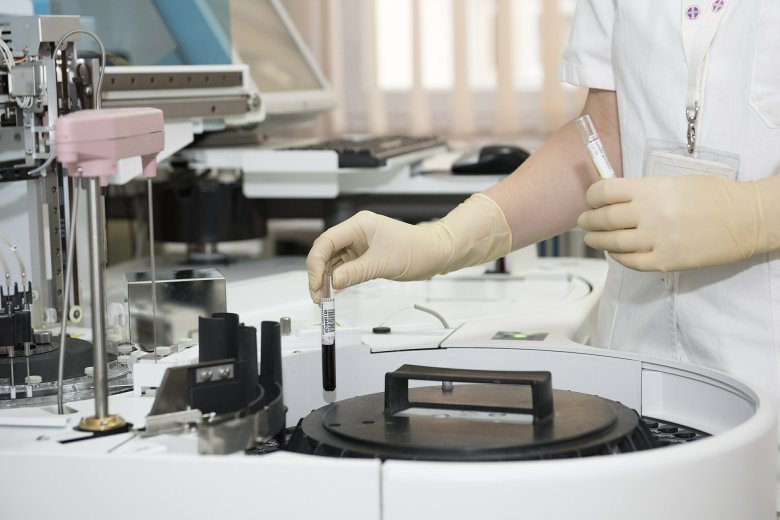- April 26, 2025

Testing of alkaline phosphatase concentration is carried out mainly in diagnostics of liver and bone diseases. An examination should be carried out when there is a suspicion of bone disease, liver pain or jaundice. Naturally increased phosphatase levels occur in children and during pregnancy.
Alkaline phosphatase (alkaline, ALP) is an enzyme found in all cells of our body, especially in the liver, intestine, kidneys, bones, bile ducts and placenta. This enzyme is excreted into the bile, so its level increases with the difficult outflow of bile from the liver to the intestines, which can be caused by obstruction of the bile ducts, less frequently by stones or cancer. The standard for adults is 33 - 96 U/l. The level of alkaline phosphatase depends mainly on age, and its highest concentration occurs at the adolescence age (between seven and fifteen years of age), at which the bone structure takes place. Analysis of the level of this enzyme may be useful in diagnostics of bone and liver diseases. ALP analysis of fraction B helps to diagnose osteoporosis, rickets or Paget's disease. ALP measurement is recommended in case of right subcostal pain, jaundice, suspicion of bone disease or liver disease.
High activity of alkaline phosphatase may be associated with diseases of the biliary tract, such as cholelithiasis, cholecystitis, less frequent biliary cancers or pancreatic head cancer. Increased concentrations of alkaline phosphatase may be associated with liver diseases such as cirrhosis, viral hepatitis or toxic damage to the parenchyma. Another cause are bone diseases - osteoporosis, osteomalacia, which is affected by bone fractures, kidney failure and vitamin D deficiency.
In addition to the naturally high concentration of ALP in children during bone growth, i.e. between 7 and 15 years of age, the growth of alkaline phosphatase during pregnancy is also not abnormal. Alkaline phosphatase increases during pregnancy by production by the placenta. Its concentration during pregnancy varies according to the severity of the pregnancy, with the highest concentration in the third trimester. The standard in the first trimester is 17-88 U/l, in the second trimester from 25 to 126 U/l and in the third trimester it varies between 38 and 229 U/l. The correct ALP value returns to normal about 20 days after giving birth.